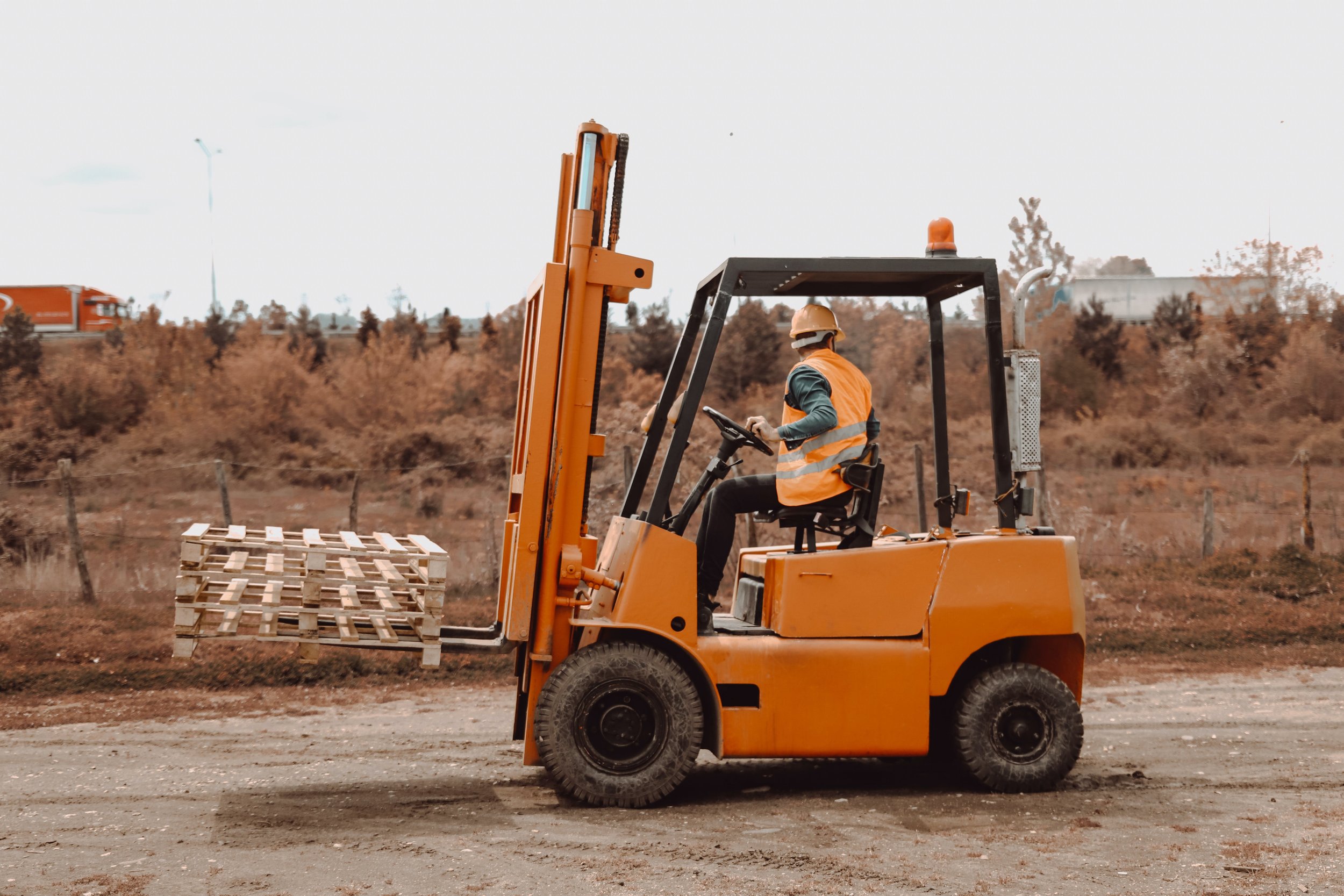
Toolbox Talk: Forklift Lessons Learned
One January morning, a worker was doing some work on an exterior sidewalk of a building using a small boom lift. The sidewalk was only paved halfway on both sides, leaving a gravel spot between the paved sides. Having finished work on one side of the pavement, the worker needed to drive across to the other side to continue work. Being that the lift from which he was working was not built for rough terrain, he decided to use a forklift to carry the man-lift across the rough terrain.
Using the forklift, he picked up the man-lift and, in the process of backing out, he hit an object behind him which caused the lift to shift from the forks and fall. The back of the lift hit the ground first, followed by the side. The lift sustained serious damage to the back and the side. Damage caused to the lift was estimated at $32,000. Neither the employee nor anybody else was injured in this incident. The incident investigation revealed that the safety ratchet used to strap the lift did not help because the lift was built with fiberglass. It was also discovered that the man-lift weighed just slightly less than the rated capacity of the forklift.
Prevention
This incident would have been prevented by not picking the lift up in the first place. The employee could have laid plywood across the rough terrain and moved the lift across to the other side of the pavement. It was risky to use the forklift to pick up the lift because of the little difference that existed between the weight of the lift and the rated capacity of the forklift. Any added impact—even wind—may have tipped the forklift over.
a. Carefully evaluate all methods of solving a problem and include a risk analysis for each option
b. Use the forklift manufacturer’s load charts for every pick
c. Ensure that each load is properly secured to the forks before picking
d. Consider the effects of rough terrain on both the forklift and the load

